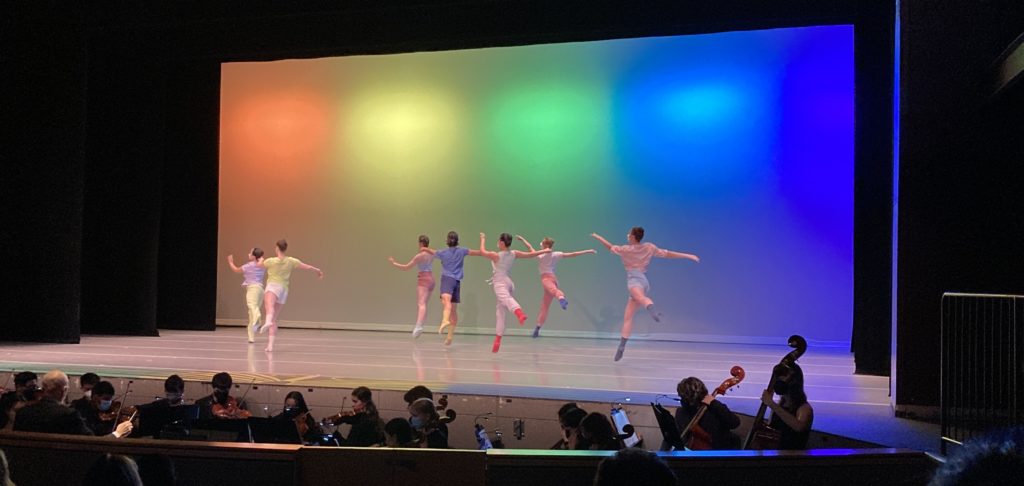Seriously, I’m looking for an answer
My latest piece is called The Muses. I’d love to tell you what genre it falls into, but I honestly don’t know. Hence this blog post.
To get the ball rolling, here’s how The Muses works: the piece is for chorus & orchestra, and it sets to music an Ancient Greek text by the 1st century historian Diodorus Siculus. The text gives a background summary of the nine muses of Greek myth. Each muse is named along with her area of specialty (music, dance, history, etc.), followed by a short etymological description of what the name means.
Men have given the Muses their name from the word muein, which signifies the teaching of those things which are noble and expedient and are not known by the uneducated. For the name of each Muse, they say, men have found a reason appropriate to her:
Cleio is so named because the praise which poets sing in their encomia bestows great glory (kleos) upon
those who are praised…
Before Diodorus launches into the list of the nine names, he starts with a brief discourse on the word “muse” itself. Of course, that’s where my piece starts, and that first bit becomes the introduction to the nine episodes that constitute the piece.
Given the shape of this text, I considered writing a theme and variations, one variation for each of the muses, but I scrapped that idea when the text didn’t want to coalesce into a clear “theme” (i.e. a single, singable melody.) The introduction, which would have been a “theme” became more of a “thematic field” with melodic bits that I immediately started to develop.
But I didn’t give up on the idea entirely. Which is to say that those melodic bits from the opening section became the basis for MOST of the music in each of the episodes. But each episode also has some stuff that’s new, and occasionally I re-used material that was introduced in one episode in a later episode.
So, you could call this piece a “thematic field and development episodes” but that doesn’t really have much of a ring to it. The next best thing I could come up with was “tone poem for chorus and orchestra.” And I suppose that it might be considered a tone poem, but I’m hesitant to call it one because usually in tone poetry there is a dramatic element, i.e. something happens. (Consider z.B. Dvorak’s The Wood Dove or Strauss’s Don Juan.)
Another thing that it might be but it’s not is a “choral symphony.” I would put something like Rachmaninoff’s The Bells in this group. The Muses is just one movement and has no symphonic impetus behind it.
Now that I’ve ruled all those out, I think I might have put my finger on it. You know what this piece really is? It’s a ballet chanté. It should have been obvious to me that I was writing a dance piece without the dance given that it was a response to Daphnis et Chloé. And yet, someone I didn’t realize it. But I’ll tell you how I figured it out:
Not two months ago, a conductor friend called to tell me that he was planning to perform my Recollected Dances as a ballet with his company in the suburbs of Seattle. I went to the performance and I fell in love with it. It worked incredibly well, and it’s made me realize that a ton of my music (maybe all of it?) would benefit from a choreographic treatment.

The Muses would just work SO WELL as a ballet, and I think that many smaller companies would love it. It’s basically got nine solos for nine ballerinas, any of which could easily be supported by the corps. And there’s no obvious reason it needs to include boys (but there’s no reason it couldn’t) so I think it’s pretty flexible and would play to many company’s strengths.
So I guess this post turned from a plea for help into an exhortative advertisement to regional ballet companies. That’s blogging for you!